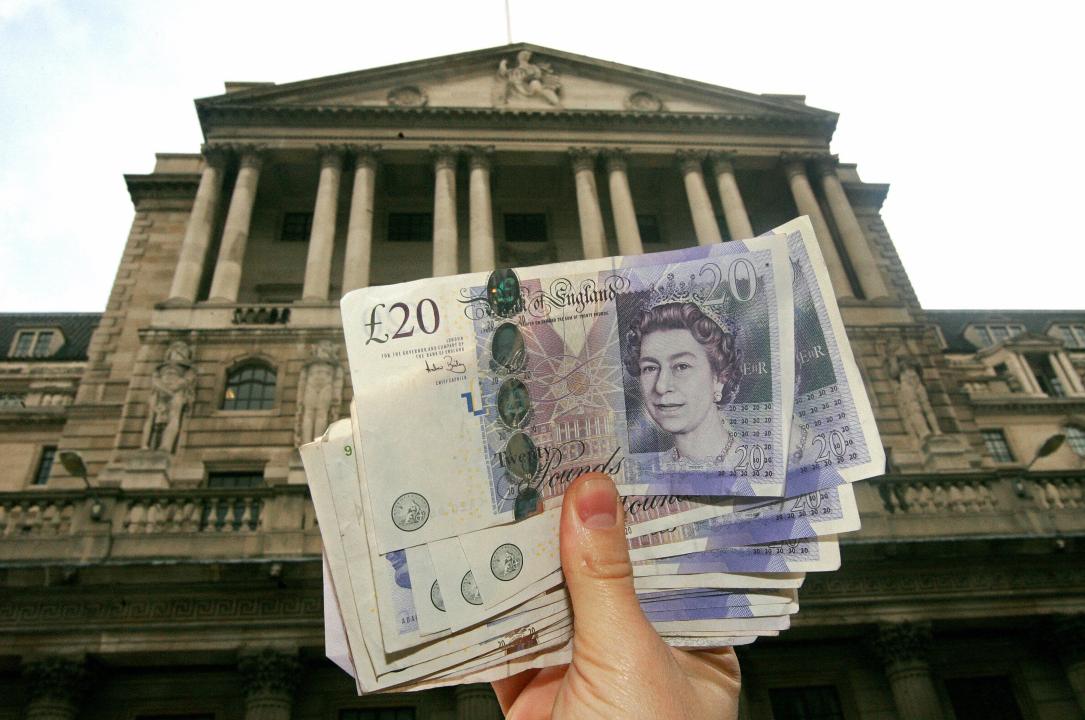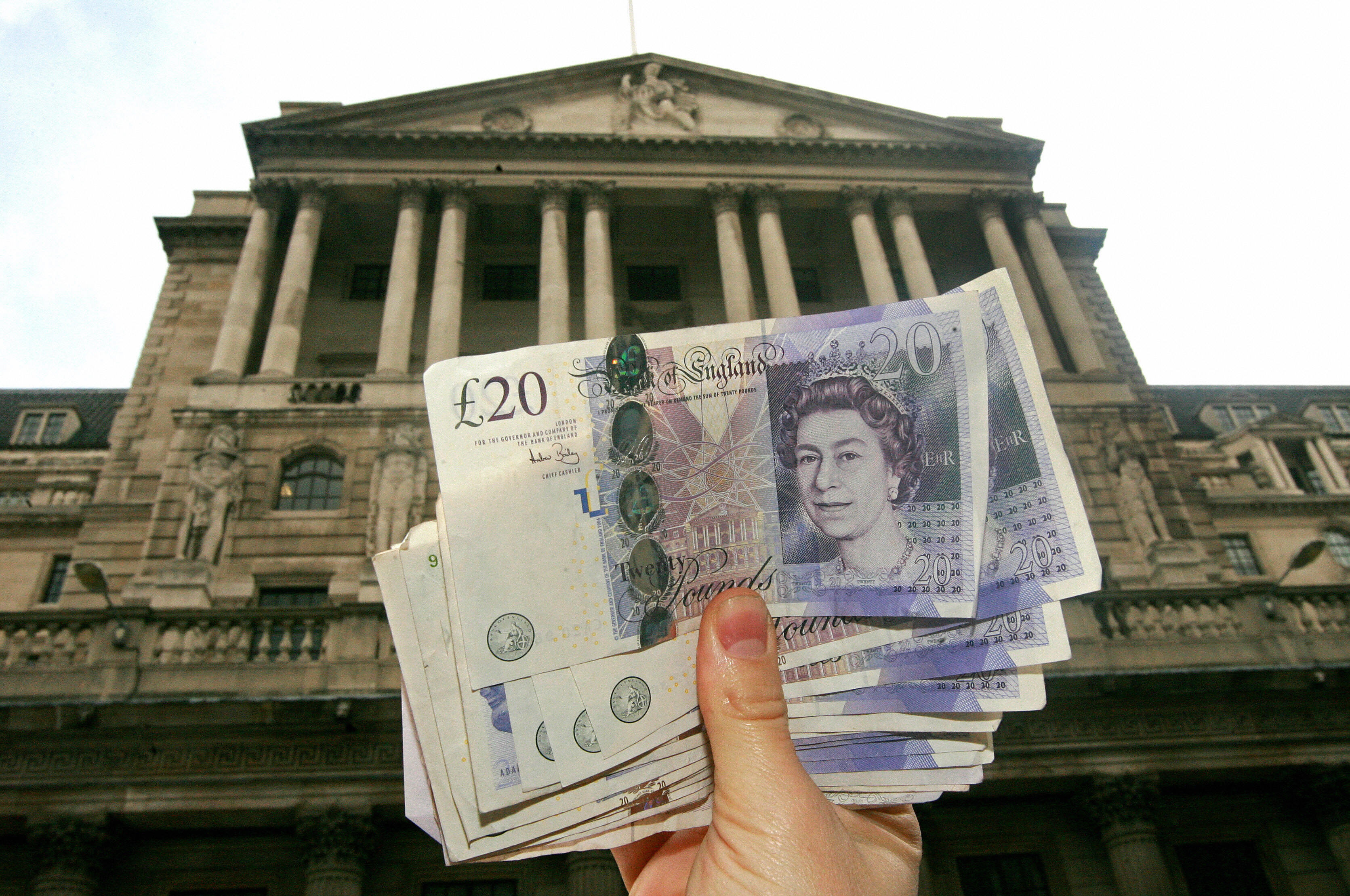Financial crises tend to see asset prices collapsing, making housing more affordable. But it’s been different this time because the authorities in the UK, and elsewhere, countered the crisis with low interest rates and quantitative easing. By slashing the cost of borrowing and flooding the system with liquidity, these policies set out to – and succeeded in – inflating asset prices. So we have seen the UK stock market and housing market rising at roughly the same amount in the last ten years. Taken together with weak wage growth, the result is that housing in the UK (as in many other countries) has become less affordable.
So what has been the result of these post-crash policies? How overvalued is UK housing – and how does it compare to house prices elsewhere? Two standard yardsticks compare house prices to rents and to incomes relative to long-term averages. At £223,000, the average UK house is almost ten times median annual earnings.

Britain’s best politics newsletters
You get two free articles each week when you sign up to The Spectator’s emails.
Already a subscriber? Log in







Comments
Join the debate for just £1 a month
Be part of the conversation with other Spectator readers by getting your first three months for £3.
UNLOCK ACCESS Just £1 a monthAlready a subscriber? Log in